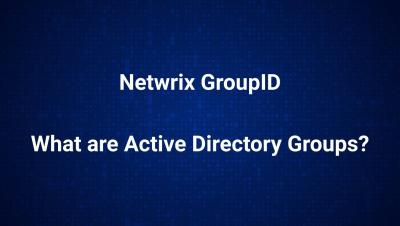Tips and Best Practices to Secure Active Directory: Audit and Privileged Access Management
Active Directory (AD) is a useful service that helps organizations manage identities and control access to network resources, thus improving corporate cybersecurity. However, when poorly managed, AD can be exploited in a way that could harm an organization’s sensitive assets and operational resilience. In this article, we briefly define what Active Directory is, list its main services, and discuss possible threats.











